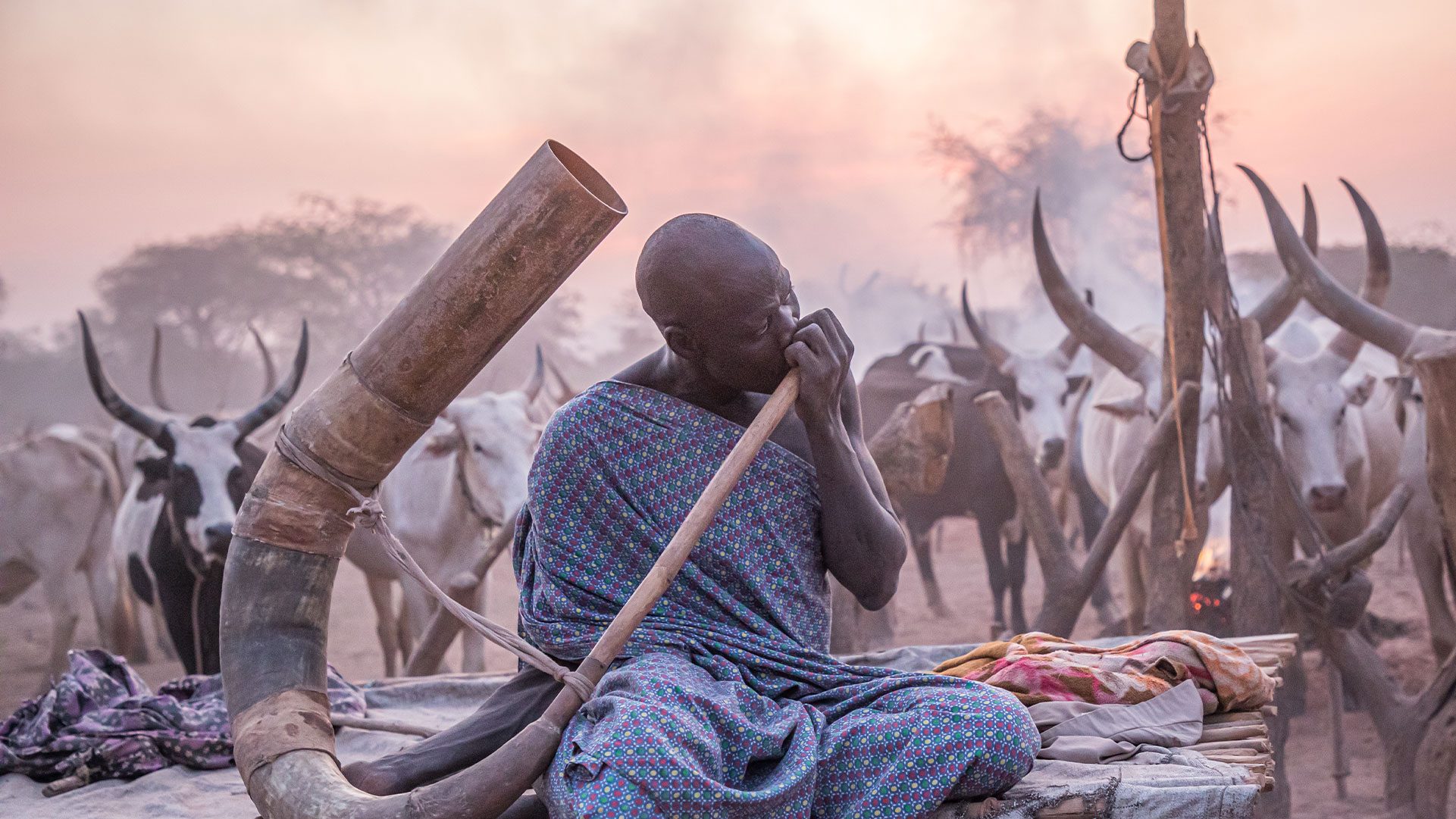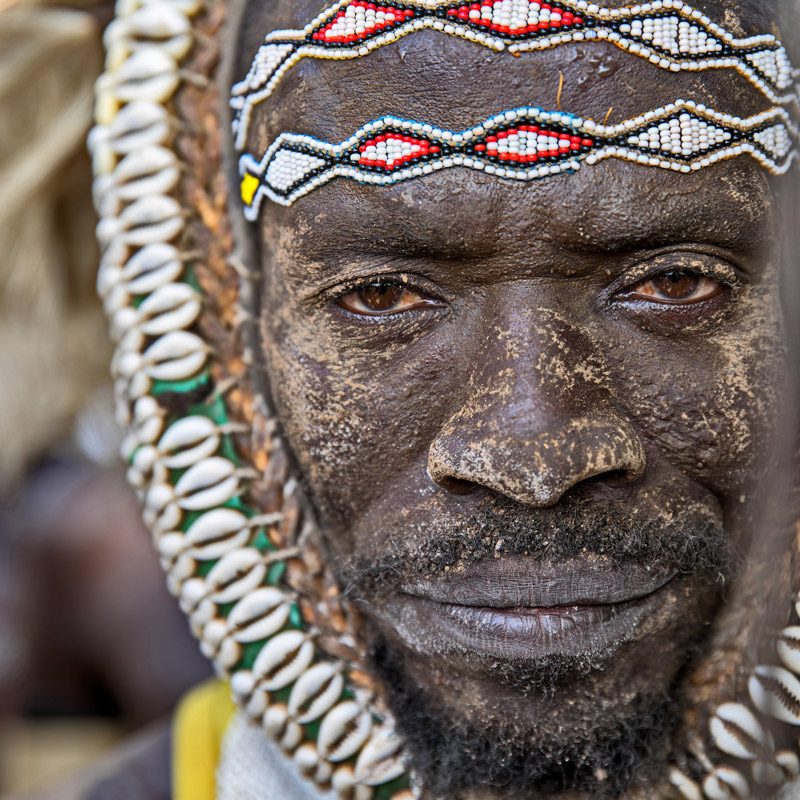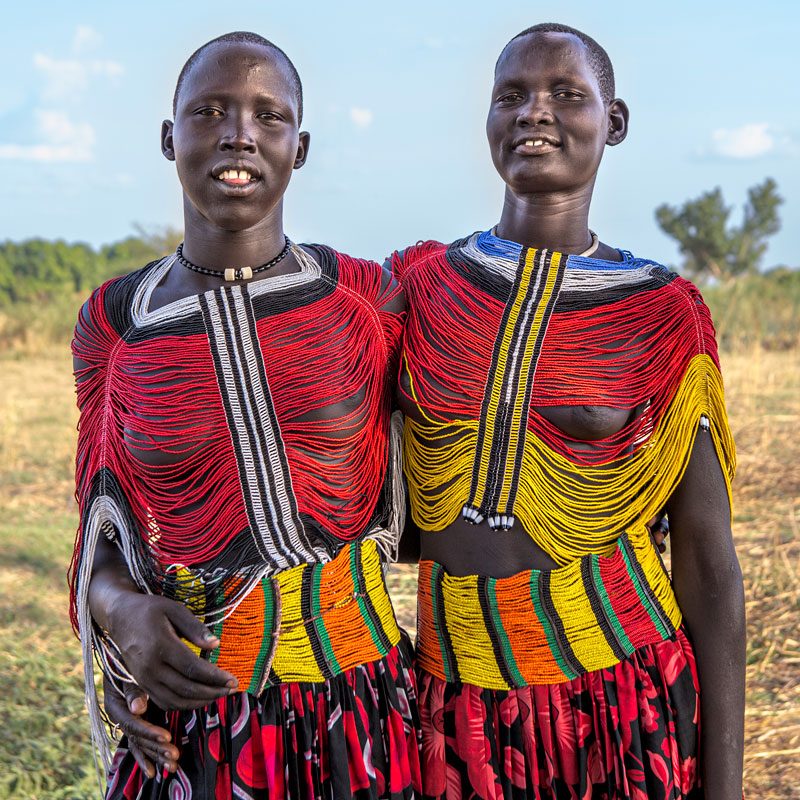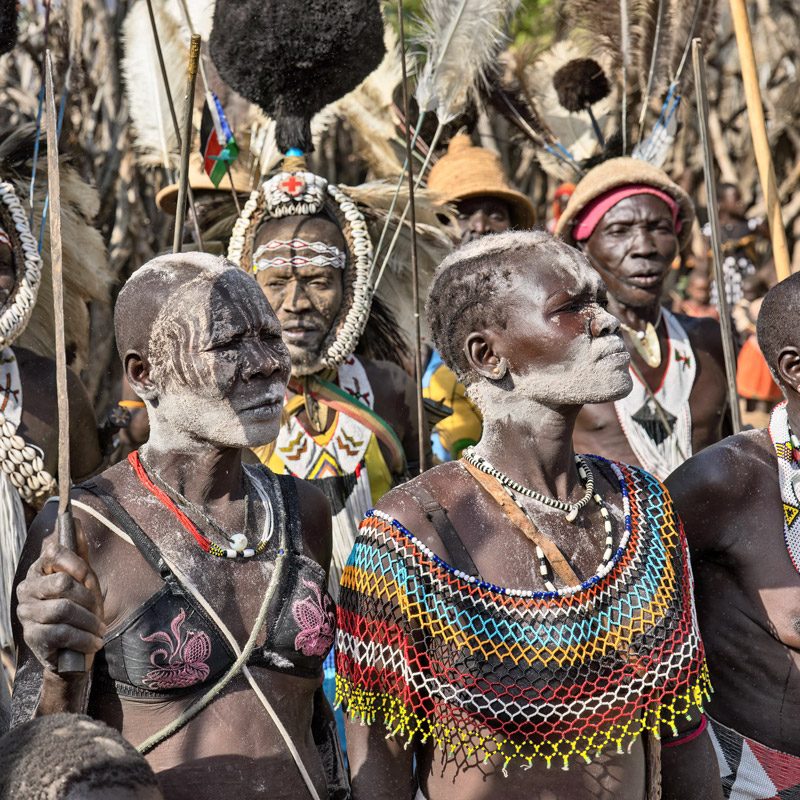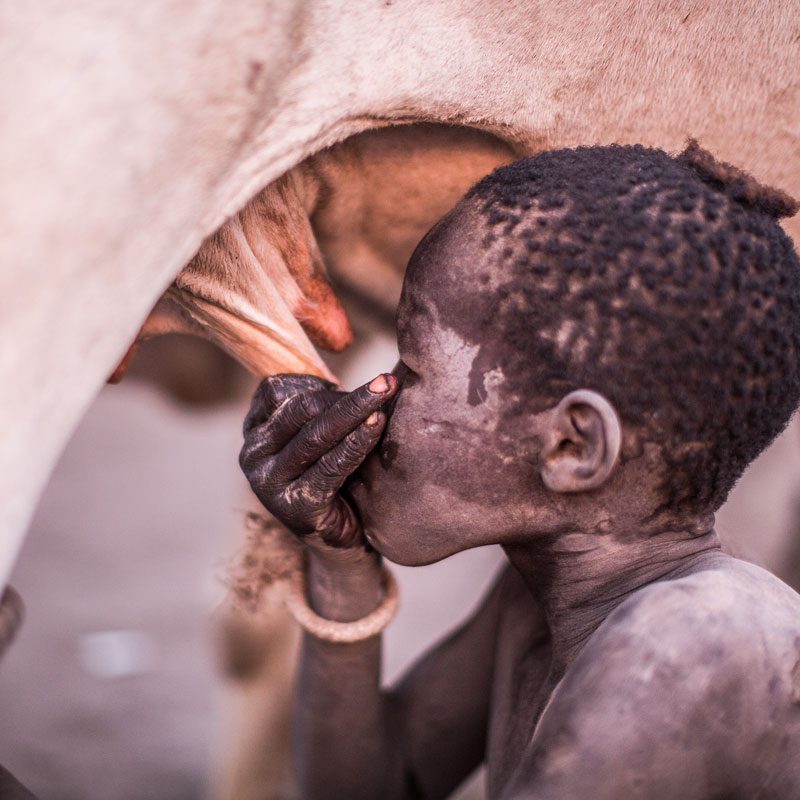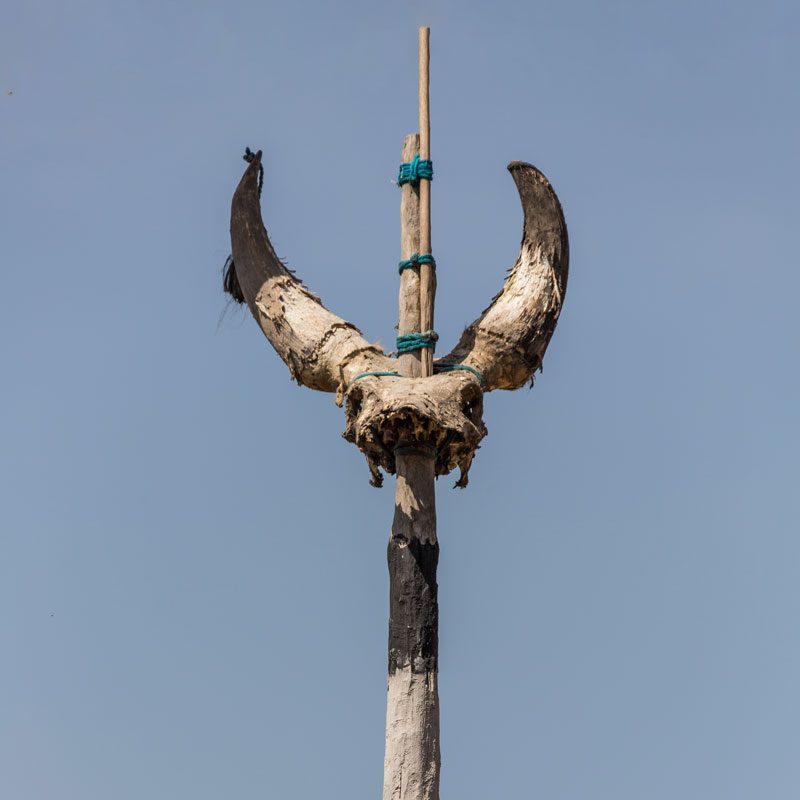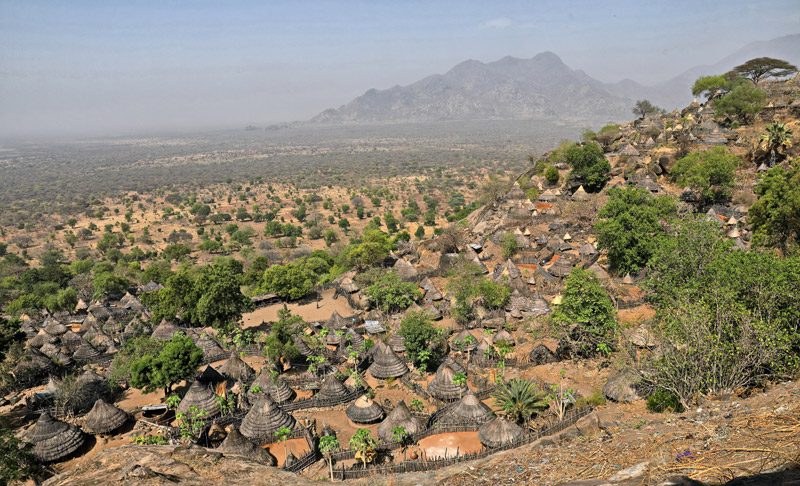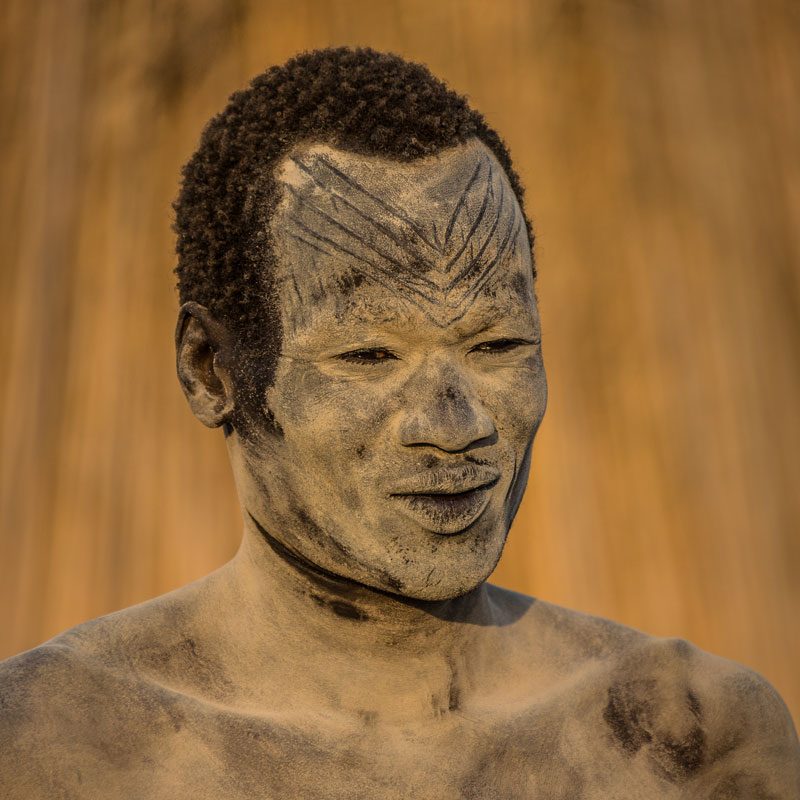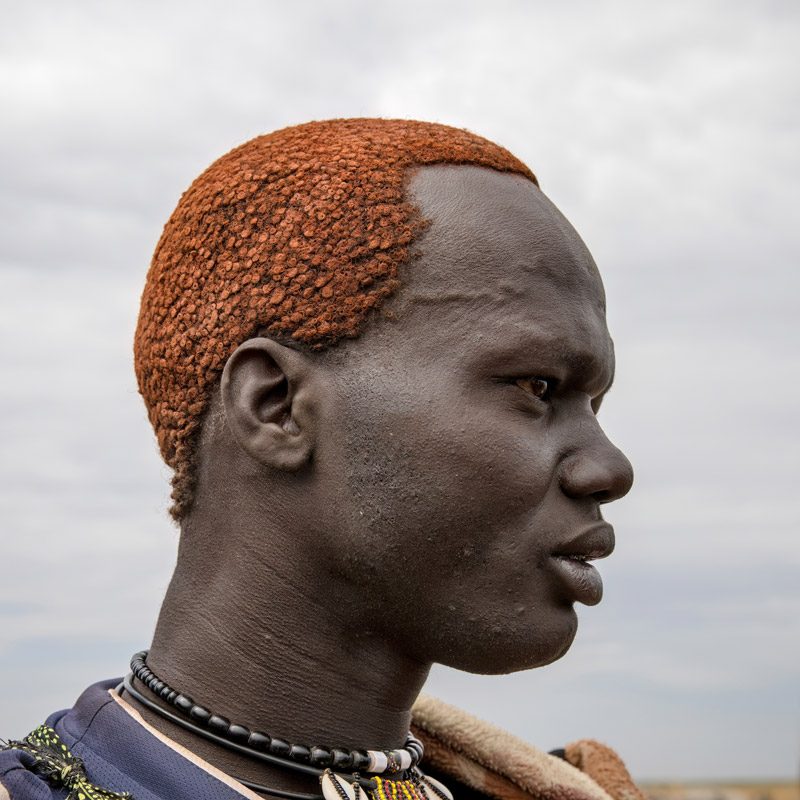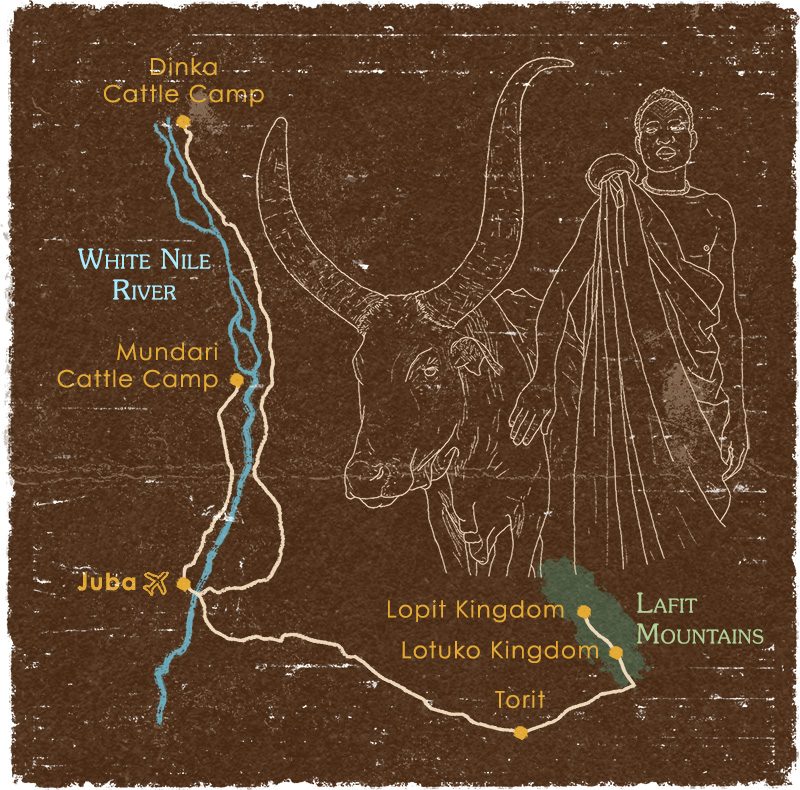Discover the highlights of this ethnographic trip to South Sudan
We will meet traditional tribes of South Sudan
► Dinka tribe
The Dinka are cattle herders and revere their long-horned cows. It is in the camps of the bush where the Dinka boys will take their lessons to become men. They will care for the clan's sacred cattle and learn to behave like adults.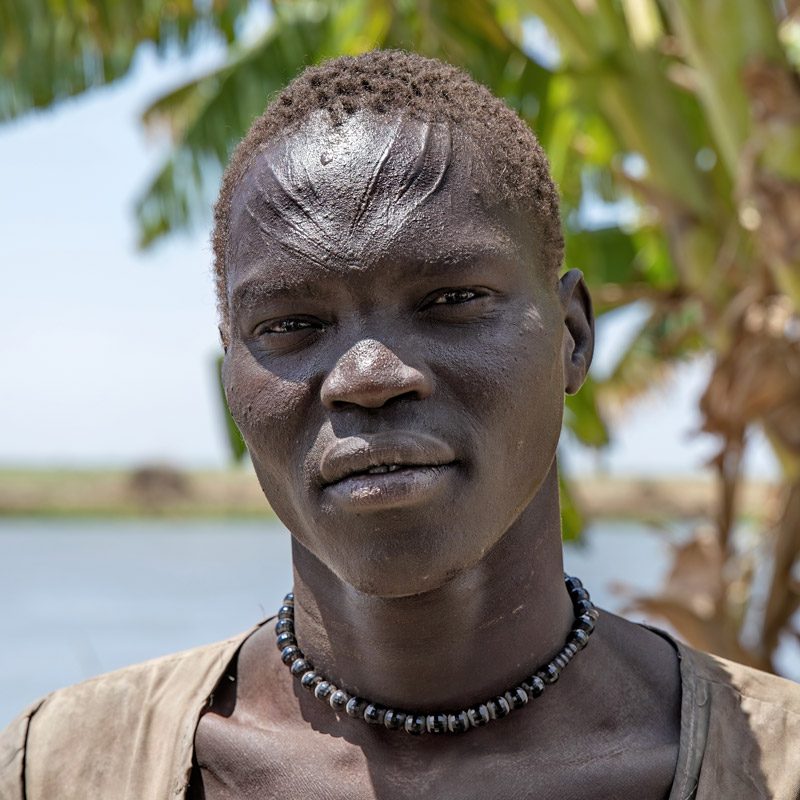
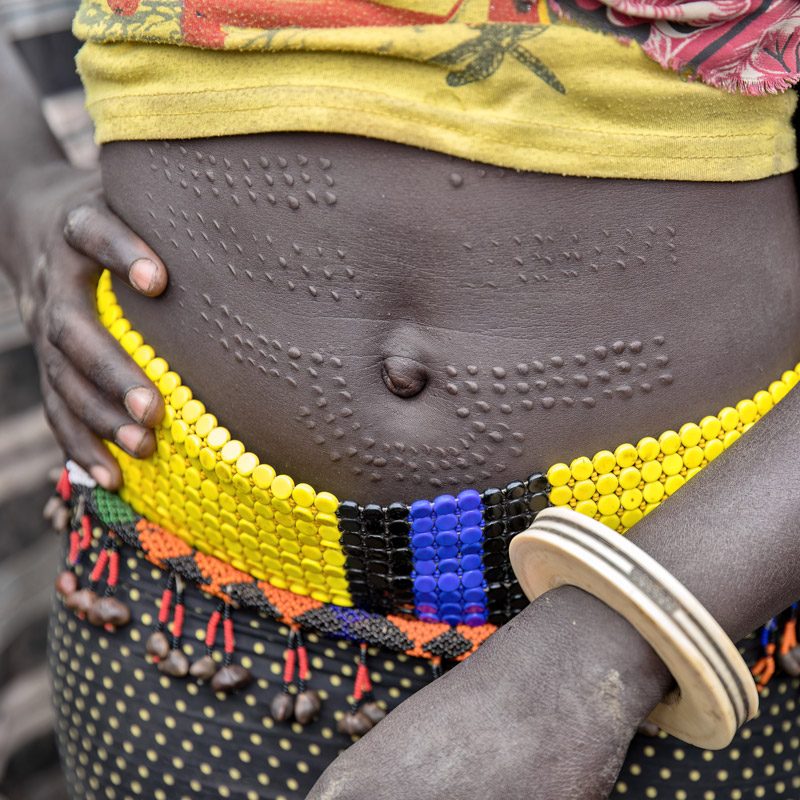
► Mundari tribe
Probably visiting a Mundari cattle camp will be the ethnographic and aesthetic highlight of our trip to South Sudan. Cattle camps are a learning space. Here young people from 11 to 30 years old learn about life. For the Mundari, cows are considered intermediaries between people and spirits.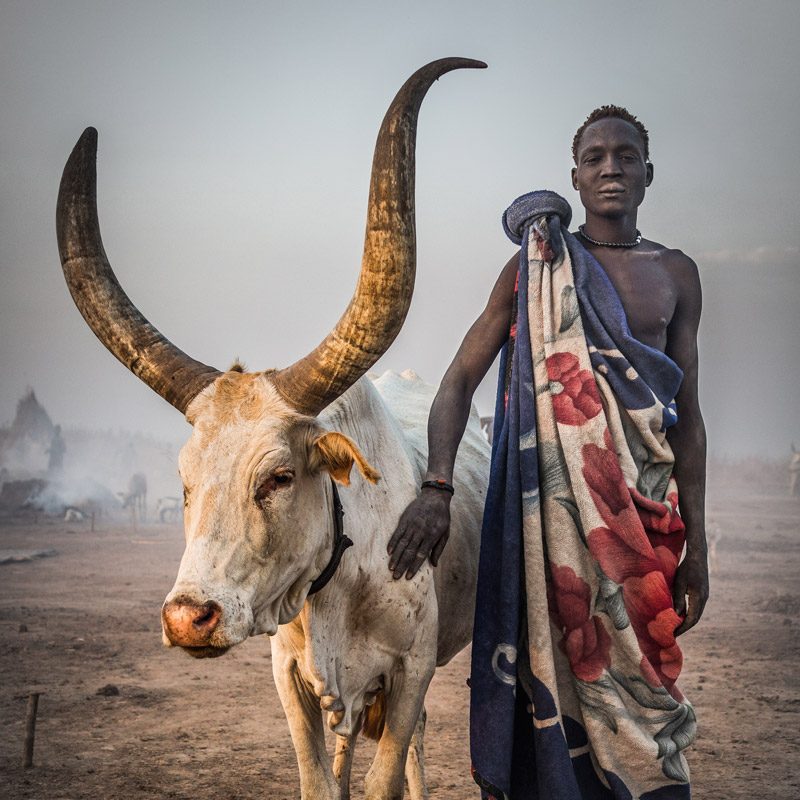

► Lotuko tribe
The Lotuko tribe still lives on top of the Lafit Hills and retains some of the original tribal culture. Although Italian missionaries arrived in the 1950s, the essence of the culture lives on. Lotuko tribal society is governed by a tandem consisting of a hereditary “rainmaker” queen or king and an age group that changes every 20-30 years.



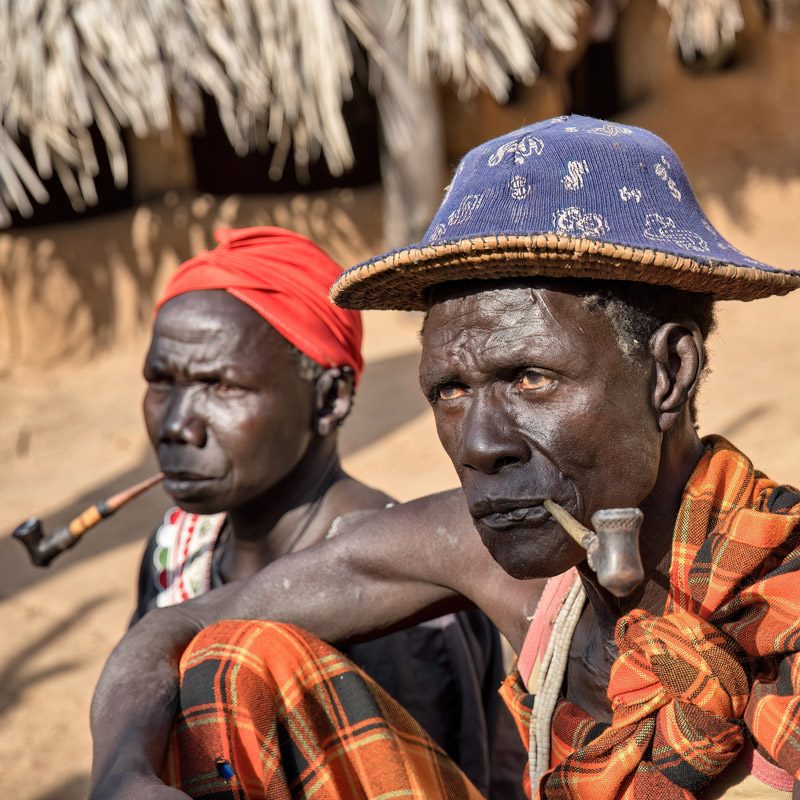
► Lopit tribe
We will discover the different types of architectural techniques for the construction of the Lopit. Some older Lopit women still have the traditional lower lip piercing. We will have the opportunity to witness one of the most spectacular dances one can experience in South Sudan. The Lopit king and nobility (former warriors) will dance with some of the older women while children watch from a distance.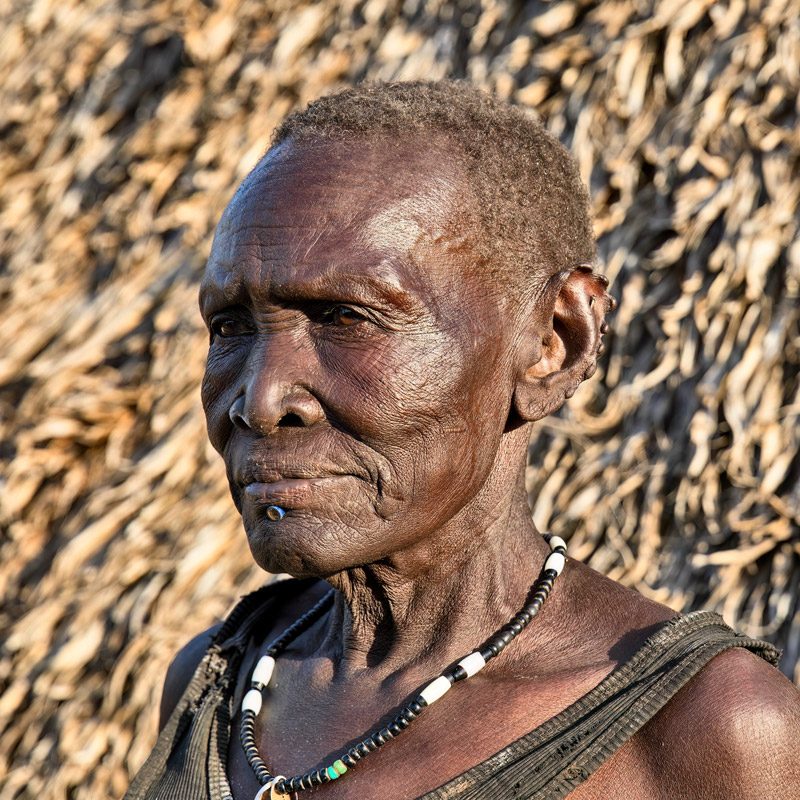
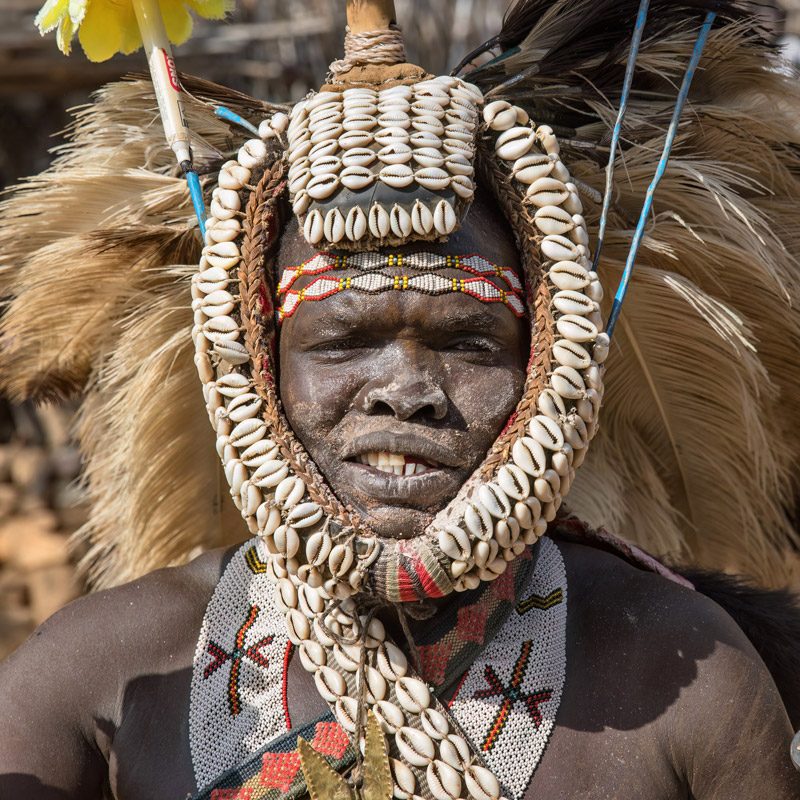
© Photos by Aníbal Bueno and Jordi Zaragozà
► Book your place now for this trip to the South Sudan
Click on the button below to easily reach the form to book your place for this trip to South Sudan
